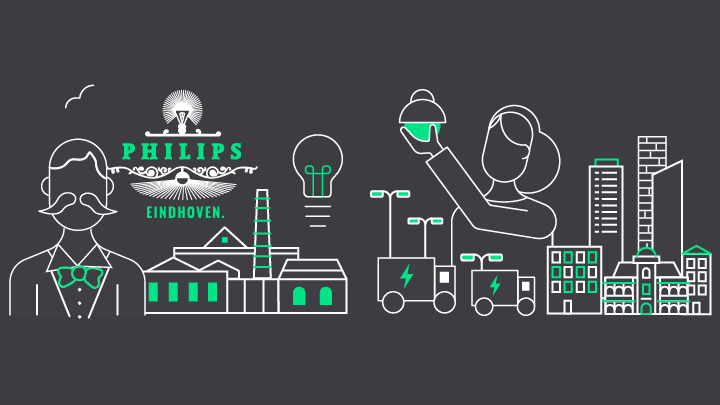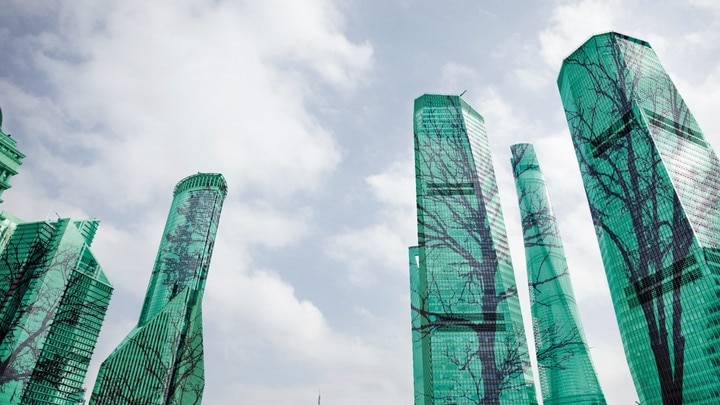Leadership means showing the way—and in terms of sustainability action, we’ve done just that. For example, we’ve been using 100% renewable electricity in our operations since 2020.
With our Brighter Lives, Better World 2025 program, we are taking specific, measurable actions to double our positive impact on the environment and society, using the United Nations Sustainable Development Goals as our strategic compass.




